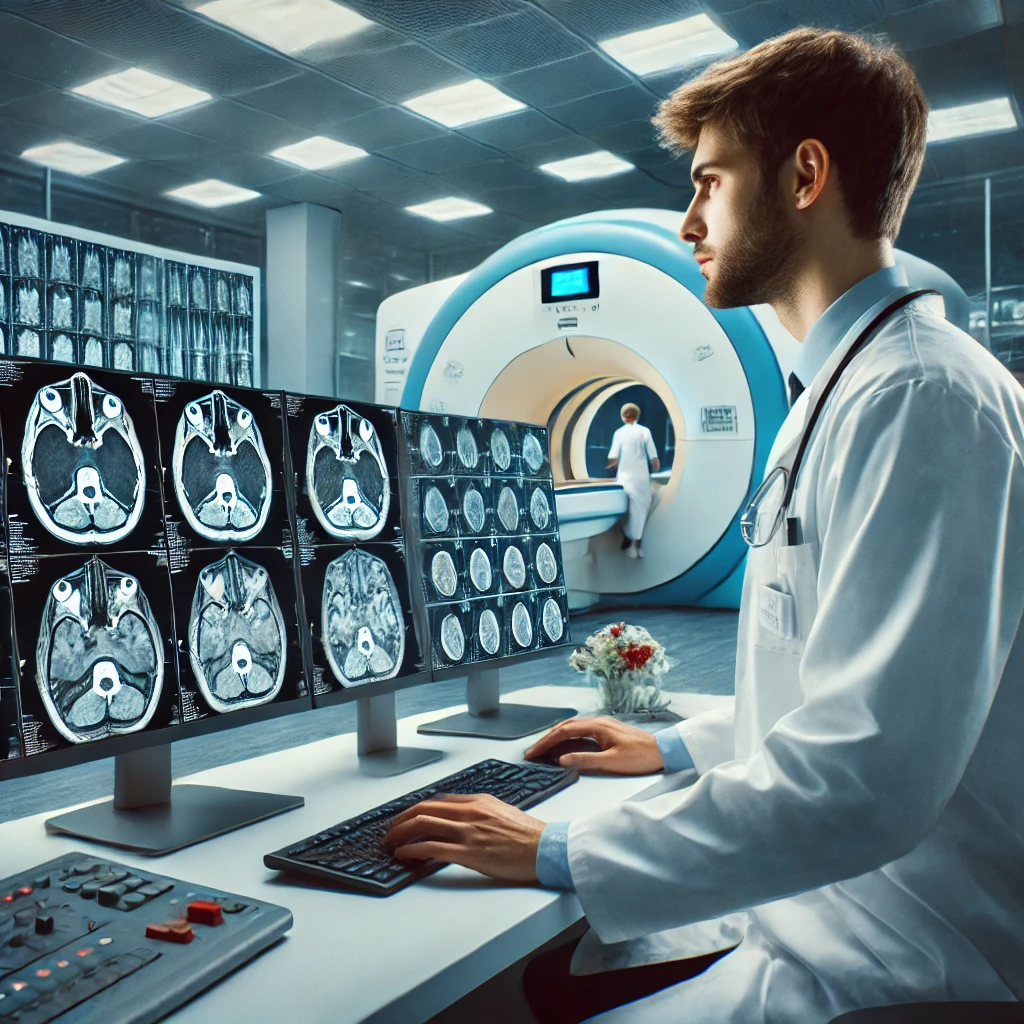The Importance of Medical Imaging Equipment in Modern Healthcare

Introduction
Medical imaging has revolutionized healthcare, providing non-invasive ways to diagnose and monitor diseases. From X-rays to MRIs, medical imaging equipment allows physicians to visualize internal structures with precision, leading to early detection and better treatment planning. In this article, we explore the different types of medical imaging equipment, their applications, and how they contribute to improved patient care.
Types of Medical Imaging Equipment
1. X-Ray Machines
X-ray machines use electromagnetic radiation to create images of bones and internal structures. They are commonly used for diagnosing fractures, infections, and lung conditions. Advances in digital X-ray technology have improved image quality while reducing radiation exposure.
2. Computed Tomography (CT) Scanners
CT scanners provide cross-sectional images of the body, offering more detailed information than standard X-rays. They are essential for detecting tumors, internal bleeding, and vascular diseases. Modern CT scanners use AI-driven enhancements to improve image accuracy and reduce scan times.
3. Magnetic Resonance Imaging (MRI) Machines
MRI machines use magnetic fields and radio waves to generate detailed images of soft tissues, including the brain, muscles, and joints. Unlike X-rays and CT scans, MRIs do not involve ionizing radiation, making them safer for frequent use.
4. Ultrasound Machines
Ultrasound imaging uses high-frequency sound waves to create real-time images of organs and tissues. It is widely used in obstetrics, cardiology, and emergency medicine for non-invasive diagnostics. Portable ultrasound devices have made imaging more accessible in remote and urgent care settings.
5. Positron Emission Tomography (PET) Scanners
PET scanners detect metabolic activity within tissues by using radioactive tracers. This imaging modality is critical in oncology, neurology, and cardiology for assessing cancer progression, brain disorders, and heart disease.
6. Fluoroscopy Machines
Fluoroscopy provides real-time moving images of internal structures, often used in interventional procedures such as catheter placements, gastrointestinal studies, and orthopedic surgeries.
The Role of Medical Imaging in Healthcare
1. Early Disease Detection
Medical imaging plays a crucial role in detecting diseases at their earliest stages, leading to timely interventions and improved patient outcomes. Routine imaging screenings help identify conditions such as cancer, cardiovascular disease, and neurological disorders before symptoms appear.
2. Treatment Planning and Monitoring
Accurate imaging enables precise treatment planning. For example, oncologists use MRI and PET scans to determine tumor locations and monitor treatment progress. Similarly, cardiologists rely on CT scans to assess heart conditions before surgical interventions.
3. Minimally Invasive Procedures
Interventional radiology procedures, such as angioplasty and stent placements, rely on imaging guidance to minimize surgical risks. Fluoroscopy and ultrasound assist in guiding catheters and needles with precision, reducing patient recovery time.
4. Emergency and Critical Care Applications
In emergency situations, rapid imaging is vital for diagnosing traumatic injuries, strokes, and internal bleeding. CT scans and X-rays provide immediate insights that guide life-saving decisions in emergency departments.
Challenges and Future Innovations in Medical Imaging
Challenges
- High Costs: Advanced imaging equipment is expensive, making it less accessible for smaller healthcare facilities.
- Radiation Exposure Risks: Although minimized with modern technology, ionizing radiation remains a concern for frequent imaging.
- Technician Training Requirements: Operating sophisticated imaging systems requires specialized training and expertise.
Future Innovations
- AI and Machine Learning: AI-powered algorithms enhance image interpretation, reducing diagnostic errors and improving efficiency.
- Portable and Wearable Imaging Devices: Compact ultrasound and MRI systems make imaging more accessible in remote areas.
- Hybrid Imaging Techniques: Combining PET and MRI, or CT and ultrasound, provides more comprehensive diagnostic information.
Conclusion
Medical imaging equipment is an indispensable component of modern healthcare, enabling accurate diagnoses, effective treatments, and better patient outcomes. From traditional X-rays to AI-enhanced imaging techniques, advancements in medical imaging continue to shape the future of medicine. As technology evolves, accessibility and efficiency will improve, ensuring high-quality care for patients worldwide.

